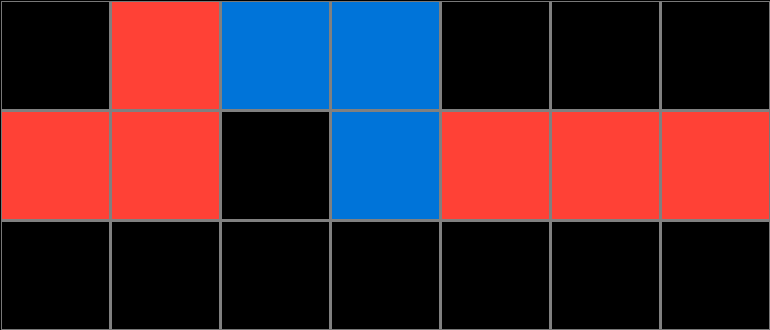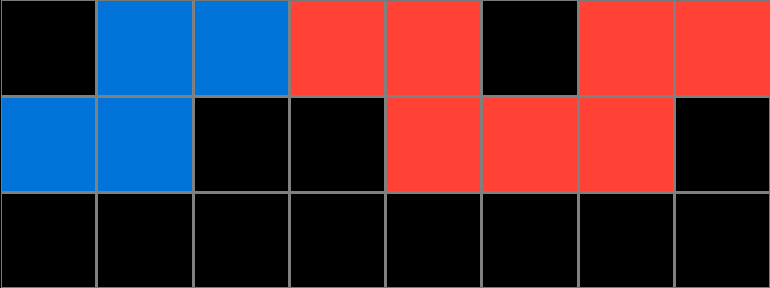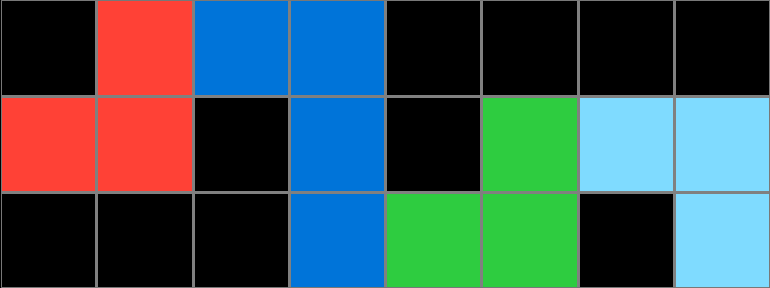Participant 1
Initial description: You had to color the empty colors with the same touching. Then you had to remove the blank squares between. The final had to remove those out of the width as well.
Final description: I thought I needed to make each thing in a line, but it wasn't. I tried to reduce the amount of squares as well, which also wasn't the case.
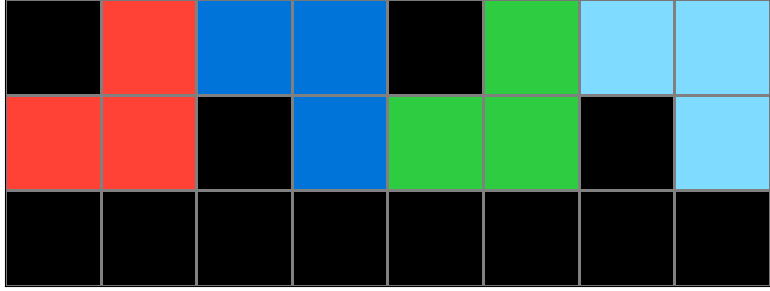
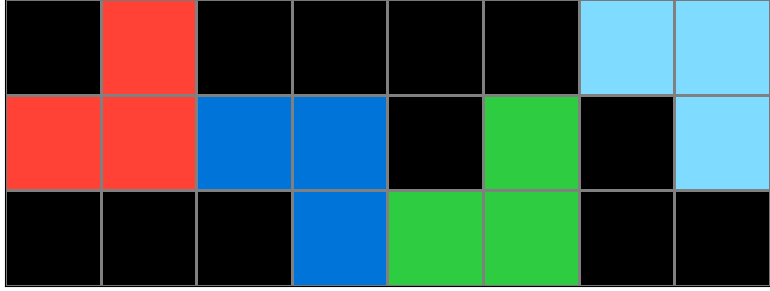
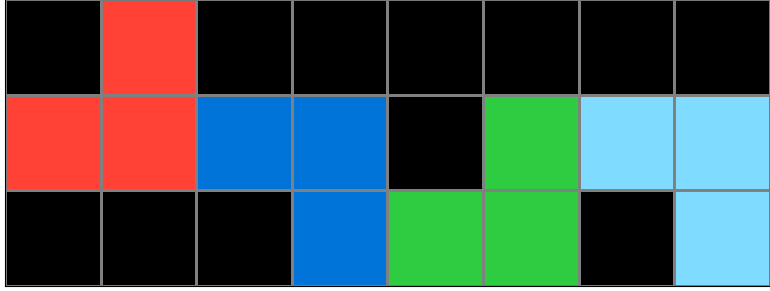
Participant 2
Initial description: Change the grid width to eliminate any columns where it is all black. Replace all gray cells with whatever color is attached to it. Make one continuous flow where no column is all black.
Final description: Change the grid width to eliminate any columns where it is all black. Replace all gray cells with whatever color is attached to it. Make one continuous flow where no column is all black.
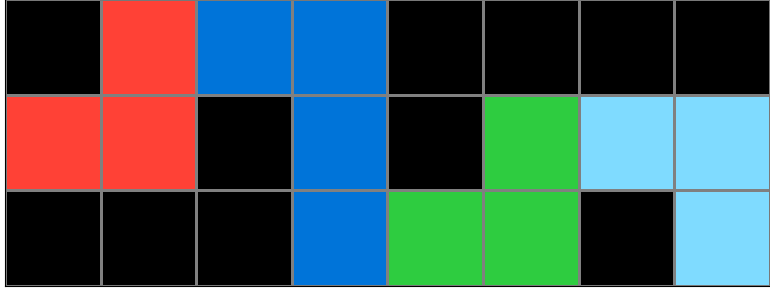
Participant 3
Initial description: I stuck with the same colors.
Final description: I changed them to black to see if it would work.



Participant 4
Initial description: They get squished together, then the colors in the individual shapes take over the entire shape
Final description: The colors in the shapes take over the entire shape, then the whole thing is squishes together so that it makes one continuous shape
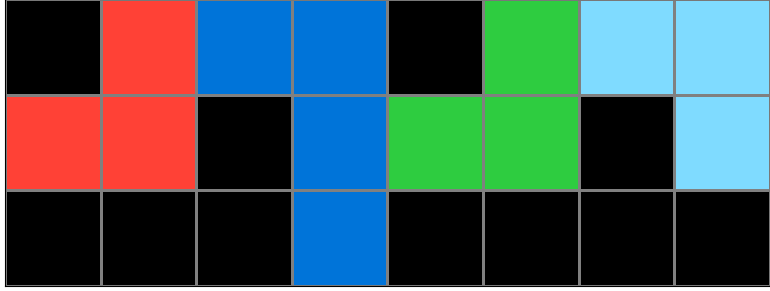

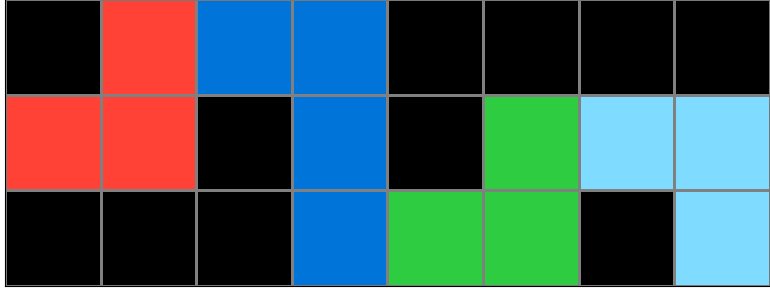
Participant 5
Initial description: I think the rule was to change the gray square to the color of the rest of the shape, then attach the next shape where the gray square would be, using the new color in the test output.
Final description: First you need to make the grid the same size as the test input (3x11). For the first shape, you change the gray box to the same color as the rest of the shape (red). The next shape will connect where the gray block was, but you change that gray block to the color of the remainder of the shape (blue). Continue changing the gray color to the shape's other color, connecting at the most outward square. Finally, you delete the black column at the far right, so the colored shapes are flush with the right and left sides.

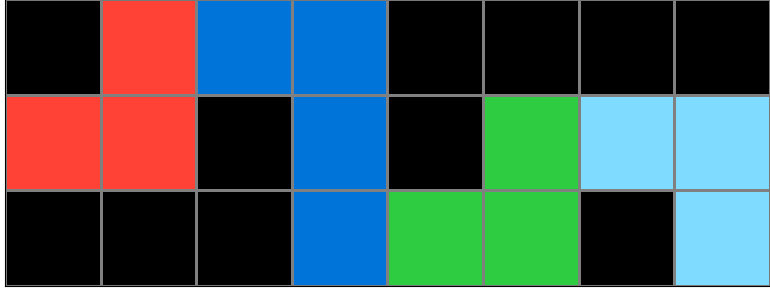
Participant 6
Initial description: Add one color each to a grey area.
Final description: Add one color to each grey square.



Participant 7
Initial description: Changing color of the grey squires and turning them upside down
Final description: changing color of given iteems and chnging them upside down



Participant 8
Initial description: Copy the shapes. Remove the black boxes in between the shapes. The color of the shapes will be the non-grey colors.
Final description: Grey is the middle of both lines. Then fill in the lines on either side with the same color.

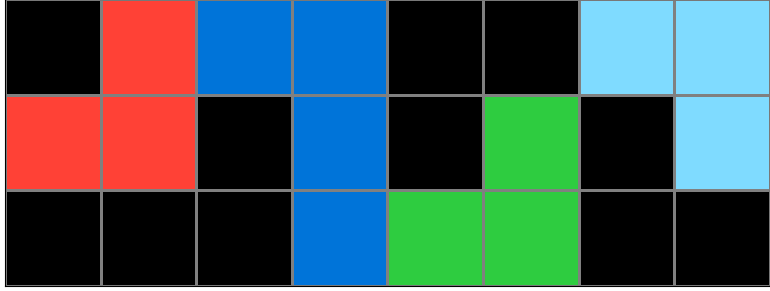

Participant 9
Initial description: Change the grid size to how eliminate any columns that are just black. Then, change each gray color to the color that is associated with the surrounding cells. Then, have each group of cells connect.
Final description: Change the grid size to how eliminate any columns that are just black. Then, change each gray color to the color that is associated with the surrounding cells. Then, have each group of cells connect.
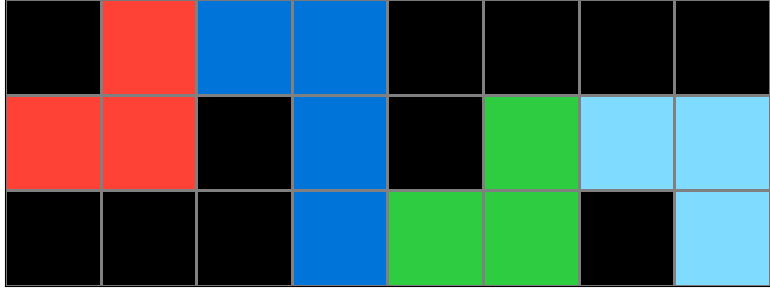
Participant 10
Initial description: Change the color of the gray square to the same color square that the gray square is attached to.
Final description: Change the color of the gray square to the same color square that it is attached to. Move the shapes and connect them so they make a line.


Participant 11
Initial description: Keep going to have unbroken lines
Final description: To cover the grey boxes.




